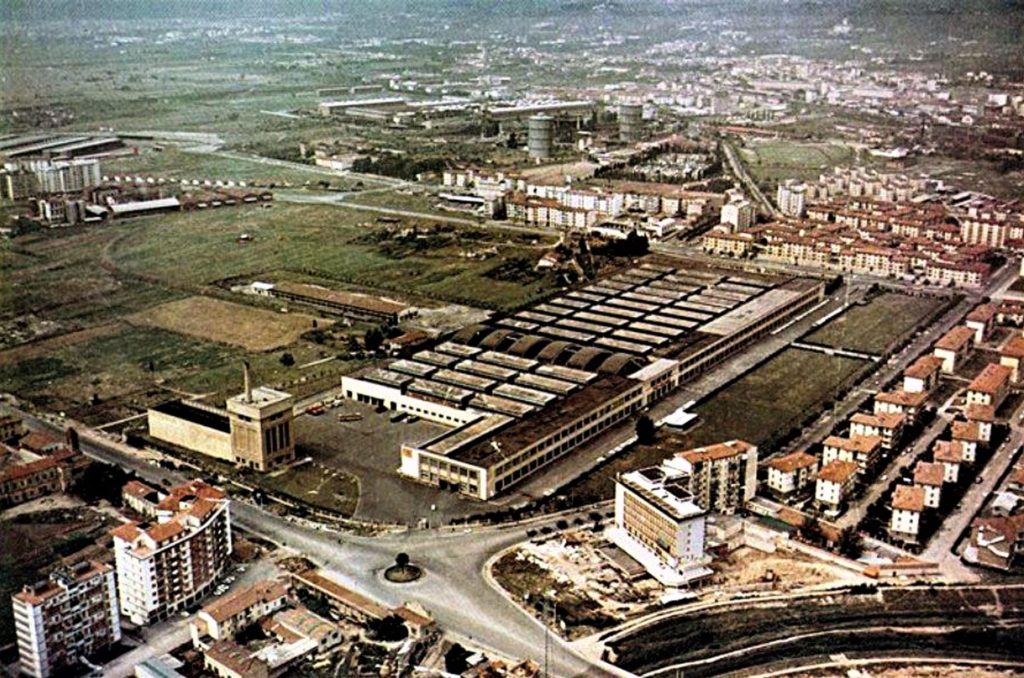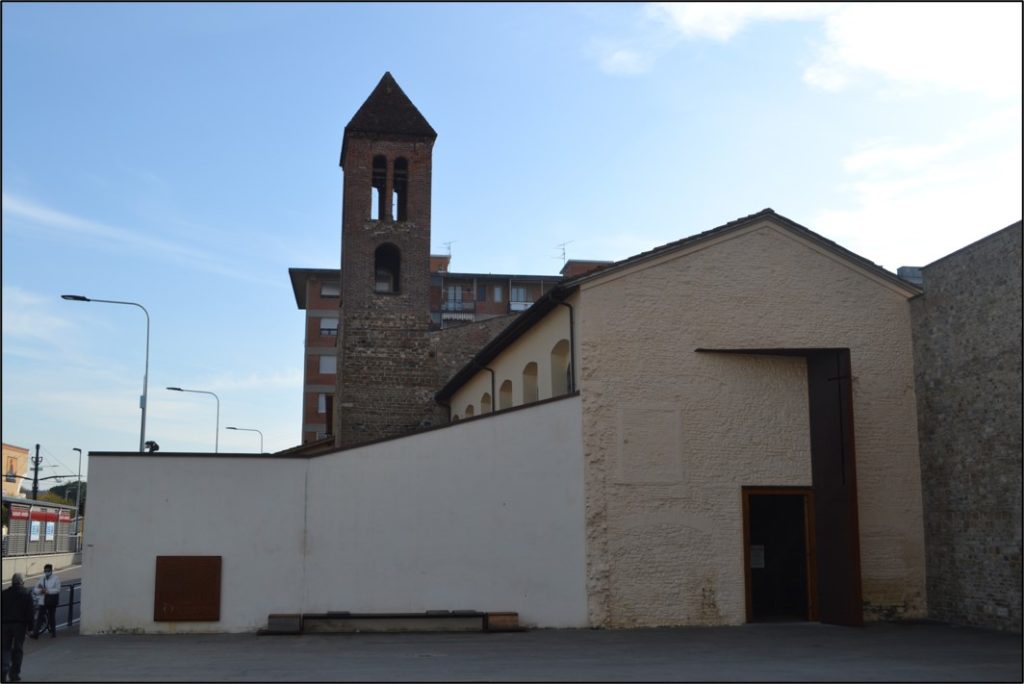By Andrea Biondi, Research Fellow on the JPI Deep Cities project, University of Florence

The San Donato neighbourhood, in Novoli district in Florence, is located in the north-western area of the city. It is an area out of any tourist itinerary, unknown even to most of the Florentines and not considered peculiar for the representation of Florence in the world. Nevertheless, it hides a millenary history that, at least since the Middle Ages, has few long-term comparisons with other urban areas.
The first historical data regarding this area date back to the full 12th century, when the monastery and church of San Donato were mentioned in a document issued by Emperor Federico I (the so called “Barbarossa”). The aforementioned monastery, which since its origins belonged to the male religious order of “Umiliati”, progressively transformed the area pertaining to it, with the installation of activities related to the production and treatment of wool and with the construction of an hospital to welcome pilgrims and wayfarers entering and leaving Florence from north-west.
Left: Detail of San Donato church with the monastery from a map of the “Capitani di Parte Guelfa” dated 1737-1765 (after National Archive of Florence). Right: Today’s view of San Donato church with the bell tower in the background (photo by SAGAS – University of Florence).
The area and the monastery of San Donato experienced an effective historical landscape stability at least until the 19th century when, following the suppression of various religious orders between the Napoleonic era and the dominion of the Grand Dukes of Tuscany, the complex was purchased by the noble Russian family of the Demidoffs. They demolished the ancient monastery and transformed the church of San Donato, the last medieval building of the area, into the library of the new neo-classical villa with a flourishing park.


Like other contemporaries noble families of the area, the Demidoffs contributed to transform a rather depressed area into a landscape populated by villas, lemon houses and gentle gardens. The Russian family also contributed to introduce the mulberry crops for silkworms. Despite this positive phase, in the full 19th century they abandoned the area and the villa which, even though subsequent ownership, experienced a progressive crisis.
At the beginning of the 20th century, the San Donato neighbourhood underwent a further new transformation. In fact, from 1918, a major urban planning was carried out: in the original purposes it was aimed to transform the entire Novoli area into the new and modern industrial district of Florence. The oldest farms and rural settlements, as well as crops, should have gradually disappeared with the advent of modernity and progress and, probably, even Villa Demidoff would have met the same fate. However, after the social and political crisis following the First World War, the advent of the Fascist regime in Italy, the subsequent international sanctions, and, moreover, the crisis of 1929, the industrialization never knew a complete implementation, with the relevant exception of the construction of FIAT factory from 1939.

During the Second World War, the area was hit by bombings in 1944 and, immediately after the conflict, saw the progressive expansion of FIAT plant with the introduction of a further factor of urban transformation: the advent of public and worker housing following the “economic boom” of the 60s of the 20th century.
Thus, the curious and peculiar urban aspect of San Donato neighbourhood was determined. Next to the remains of San Donato church, survived the Villa Demidoff of 19th century, very close to FIAT plant – a fundamental example of industrial architecture – and all these elements began to be surrounded by the new residential buildings, one of the most evident material consequences of country’s rebirth after Second World War.

This complexity, after the demolition of the Fiat factory between the end of the 80s and the very early 90s of the 20th century – with the exception of the thermical power plant tower, the last testimony linked to it – it was further enriched by the construction of the new university district, of further residential buildings with a large public park, and of the new tribunal complex of Florence. The area is currently well connected to the rest of the city thanks to the new urban tram network.
Medieval monuments, noble complexes, green areas, modern services, residential constructions, and industrial architecture make up the mosaic of one of the most dynamic and changing realities of Florence.



Leave a Reply